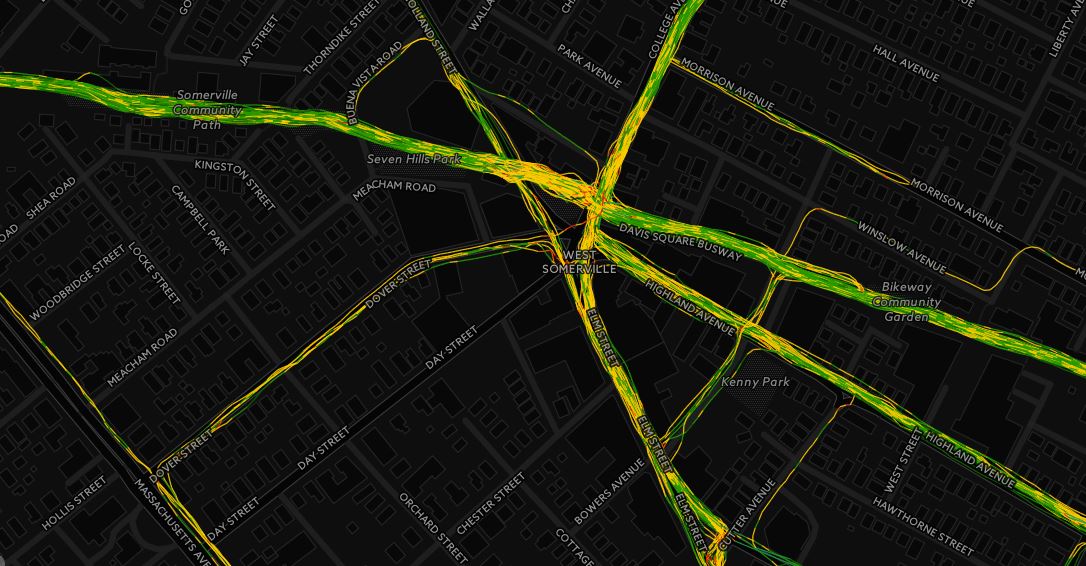If you are a New England based geospatial professional you have probably visited or downloaded data from the Map and Geographic Information Center (MAGIC) at the University of Connecticut’s Homer Babbidge Library. MAGIC just recently announced their plans for the summer and I am looking forward to seeing what data and tools they roll out next. MAGIC was one of the first map libraries to offer GIS data over the web and since it has always been a place of innovation.
I was fortunate to have worked at MAGIC from the fall of 2004 through the spring of 2009. As a grad student I was able to work on a number of really interesting projects that expanded my technical skills more than any class ever could (I was one of the last people at MAGIC to program in Perl:( ). Many GIS professionals in New England and beyond can trace their roots back to MAGIC, whether it was working for Pat, Bill, Sarah, or Michael.
So, if you have downloaded there data, copied their mash-up code, or ever browsed their collection of historical maps on Flickr, send them an email and tell them they are doing a heck of a job!


